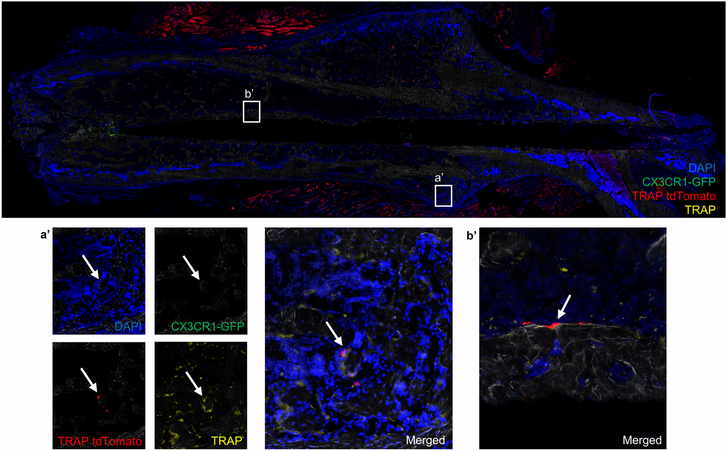Figure 7. Fracture repair induce engraftment and incorporation of circulating CX3CR1-GFP OCP into OC.
Image of a section of femoral bone from a C57BL/6 mouse that was transplanted with CX3CR1-GFP cells (cells sorted from CX3CR1-GFP/TRAP tdTomato mice) and also fractured. The right femur was fractured following which mice received CX3CR1-GFP cells on days 0 (immediately after being fractured) and day 10 post-fracture. Mice were sacrificed on day 18 post-fracture. In the repairing callus of mice that had undergone a femur fracture, TRAP tdTomato positive cells (red) that were also positive for TRAP by fluorescent enzyme histochemistry (yellow) are present (indicated by white arrow) in the callus area (a’) and in the new bone that formed adjacent to the space occupied by the stabilizing pin (b’). N=4.

